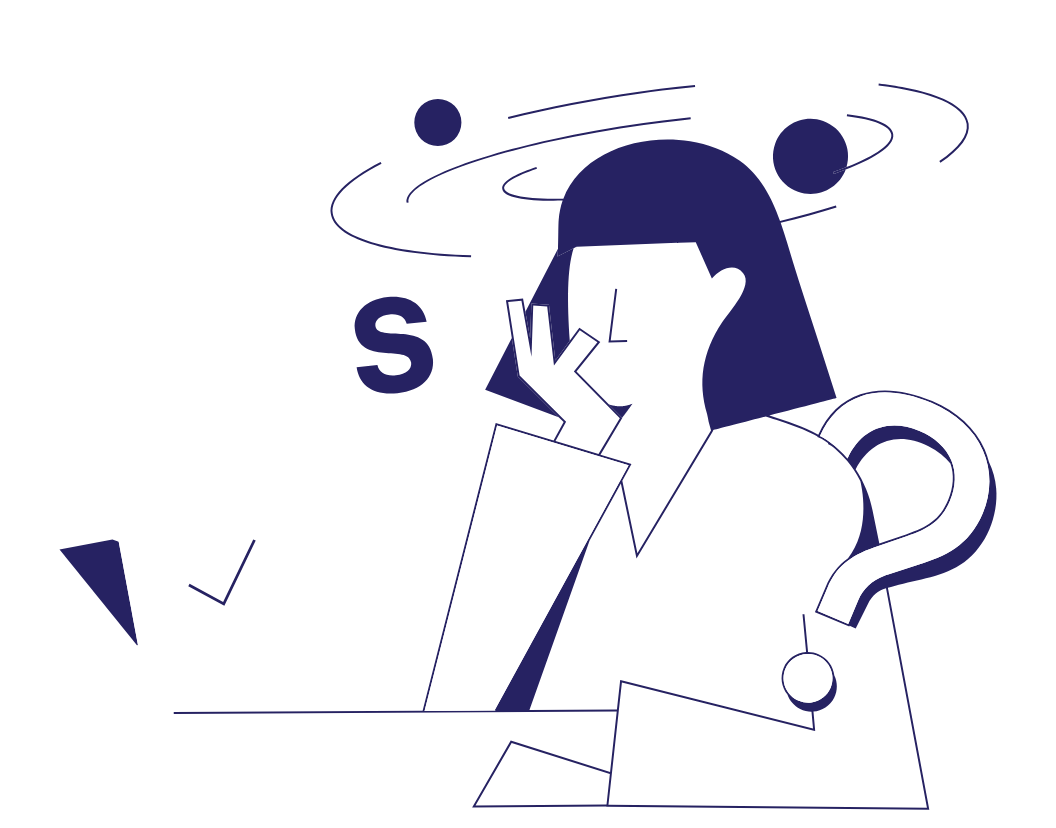In recent years, the focus has been on advocating person-first language to describe individuals with disabilities—for example, saying “a person who has Down syndrome” instead of “a Down syndrome person.”
However, it’s important to recognize that this guidance doesn’t resonate with everyone. For this reason, some style guides and organizations have revised their standard advice.
Launch the microlearning module below to learn more about people-first language and test your knowledge using our interactive Disability Bias quiz.
Alternatively, read on for a text-only version of the microlearning.
In the past, we have encouraged journalists and others to use person-first language (such as, “a person who has Down syndrome” rather than “a Down syndrome person”) as a default. Even with the caveat that this does not apply to all, we have heard from many people with disabilities who take issue with that advice. For us, this really emphasizes the fact that no two people are the same ... And so we are no longer offering advice regarding a default. Instead, we hope you will double down to find out how people would like to be described.
What Is People-First Language?
Put simply, people-first language is a way of speaking about people with disabilities in a way that puts the person before the disability.
APA Style identifies two approaches to talking about people with disabilities:
- People-first (or person-first) language: the person is put before the disability (e.g., “a person with epilepsy,” “an individual affected by cancer”).
- Identity-first language: the disability is put first or becomes the focus (e.g., deaf person, epileptic, amputee).
Although people-first language has become the first choice for many organizations and style guides, identity-first language should not be discounted as a preference. Where possible, authors should make an effort to establish individual and group preference.
Disability Bias and Style Guides
Most of the main style guides now provide guidance on avoiding disability bias in writing.
APA 7th ed
The APA Style resource states that:
Authors who write about disability are encouraged to use terms and descriptions that both honor and explain person-first and identity-first perspectives. Language should be selected with the understanding that the expressed preference of people with disabilities regarding identification supersedes matters of style.
Chicago Manual of Style 17th ed
The Chicago Manual of Style doesn’t specify any preference for people- or identity-first language, nor does it explicitly use these terms.
Instead (on the topic of disability bias), it states that “careful writers avoid language that reasonable readers might find offensive or distracting—unless the biased language is central to the meaning of the writing.”
AMA 11th ed
The AMA Manual of Style is specific and unequivocal about its mandate to use people-first language and avoid euphemisms or emotive labels. As well as offering a list of alternatives, it states:
Avoid labeling (and thus equating) people with their disabilities or diseases (eg, the blind, schizophrenics, epileptics). Instead, put the person first. Avoid describing persons as victims or with other emotional terms that suggest helplessness (afflicted with, suffering from, stricken with, maimed). Avoid euphemistic descriptors, such as physically challenged, special, or special needs.
Harvard
As a set of guidelines rather than an institutional style, the Harvard referencing style doesn’t have a specific preference. It is, therefore, best to suggest that the customer check whether their own institution has a preference.
In the absence of any such preference, Harvard University’s report on Diversity, Equity, Access, Inclusion, and Belonging(opens in a new tab) states that:
Person-first language is preferred by many when speaking about persons with disabilities … However, there are individuals who prefer to be identified first by their disability such as a “Deaf Person.” Presently, it is best to take your cue from the individual with a disability regarding preference.
IEEE
The IEEE editorial style manual doesn’t give any particular guidance on bias-free language. However, its conference accessibility guidelines appear to use people-first language, so this is probably the best approach to take.
MLA 9th ed
MLA 9th advises that an author ask the group or individual concerned whether they prefer person- or identity-first language. It notes that, in the absence of such a preferences, person-first language is generally considered more respectful.
What Might Be Impacted?
There are several potential scenarios where disability bias might be encountered. The AMA Manual of Style provides a useful (albeit not exclusive) guide to these.
Proofreading and Disability Bias
When proofreading, you should be aware of the concepts of person- and identity-first language. The approach you take depends on a number of factors.
- Does the style guide you are working with or the organization the document is written for specify a certain approach? If so, make any necessary changes directly to the text and leave a comment the first time you do so.
- In the absence of a definite style guide, consider the phrase used and whether it sounds respectful in the context. As the less-preferred approach, if the author has used identity-first language you may wish to leave a comment highlighting the issue to them and (if appropriate) advising them to check with the individuals or groups concerned.
- Note that you can use a mixture of person- and identity-first language in a single text. This is one area where consistency is subordinate to respecting individual and group preferences.
Summary
When proofreading, you should be aware of the concepts of person- and identity-first language. You should also note any set approaches by style guides or institutions.
In the absence of a set approach, you should leave a comment highlighting the concept to the customer and (if appropriate) advising them to check with the individuals or groups concerned.


